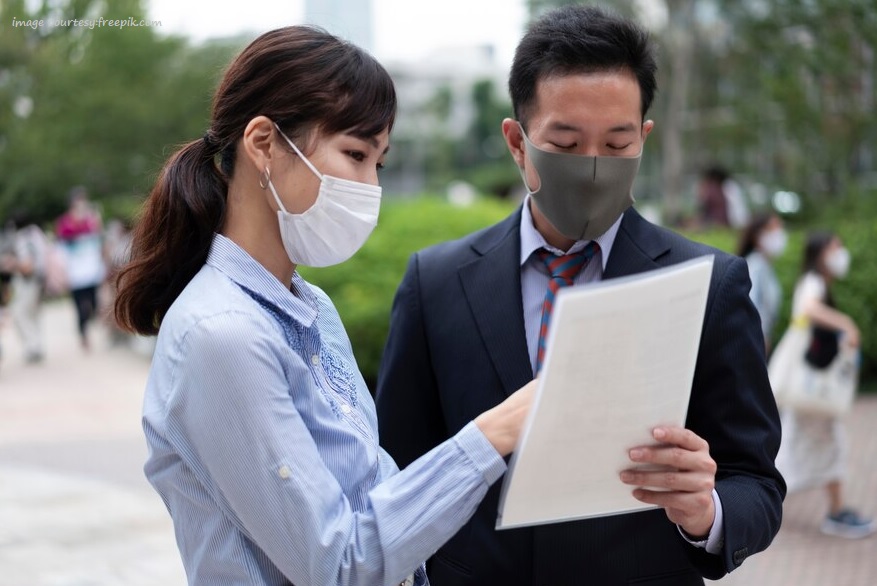
Mastering Pre-Shipment Inspections for Quality Assurance
https://www.guangdonginspection.com/Ensuring the quality of products sourced from overseas suppliers is a critical step for businesses aiming to maintain high standards. Pre-shipment inspections, especially when importing quality products from China, serve as a vital checkpoint to prevent defective or non-compliant goods from reaching customers. This article delves into the significance of pre-shipment inspections in China, offering practical strategies to master the process for robust quality assurance.
Understanding Pre-Shipment Inspections
A pre-shipment inspection (PSI) is an assessment of goods conducted before they are shipped from the supplier to the buyer. This inspection typically occurs when 100% of the shipment is complete and at least 80% is packed. The main objective is to verify product specifications, quantities, and quality to ensure compliance with purchase agreements.
Why Pre-Shipment Inspections Are Crucial
- Product Quality Control
By conducting a pre-shipment inspection, businesses can detect product defects or inconsistencies early in the supply chain. This proactive measure helps in maintaining the reputation of a brand and reduces the costs associated with returns and unsatisfied customers.
- Compliance with Standards
For many industries, meeting regulatory standards is not just about maintaining quality but also about legal compliance. Inspections ensure that products are safe, meet industry standards, and are ready for market.
- Supplier Performance Assessment
Regular inspections help gauge the reliability and performance of suppliers. This feedback mechanism encourages suppliers to improve and adhere strictly to contractual obligations.
How to Conduct Effective Pre-Shipment Inspections in China
Choose the Right Inspection Company
Selecting a competent and experienced inspection company is crucial. The inspector should have expertise specific to your product type and industry. This ensures they understand the quality benchmarks and are adept at identifying potential issues.
Define Clear Inspection Criteria
Before the inspection, clearly define the criteria and standards that the products must meet. This includes the product’s specifications, packaging, labelling requirements, and any special instructions that are crucial for your product’s market success.
Timing and Scheduling
Schedule the inspection when most of the shipment is ready and packed. This timing allows for any necessary corrections to be made before shipping. Delaying the inspection could lead to missed defects and contribute to significant delays.
Detailed Reporting
Ensure that the inspection report is comprehensive. It should include detailed findings and photographic evidence of defects. The report should provide enough information to make informed decisions about the shipment’s release.
Continuous Improvement
Use the insights gained from each inspection to build a better relationship with your supplier. Discuss the findings and work together on improvement plans. This collaborative approach can lead to better product quality and supplier performance over time.
Conclusion
Pre-shipment inspection in China is a crucial step for ensuring product quality before distribution. Effective inspections help mitigate the risk of importing substandard goods, enhance supplier relationships, and maintain compliance with regulatory standards. By mastering this process, businesses can uphold high-quality standards and meet customer expectations efficiently. Remember, the goal is not only to filter out non-compliant products but also to foster a culture of quality and compliance throughout the business.
RECENT POSTS
- How to Ensure Quality with Third-Party Inspections
- Choosing the Right China Inspection Company: A Guide to Quality Assurance
- Key Trends in Quality Control In The Philippines: Driving Business Efficiency in 2025
- What Are Third-Party Inspection Companies and Their Role?
- Mastering Pre-Shipment Inspections for Quality Assurance



